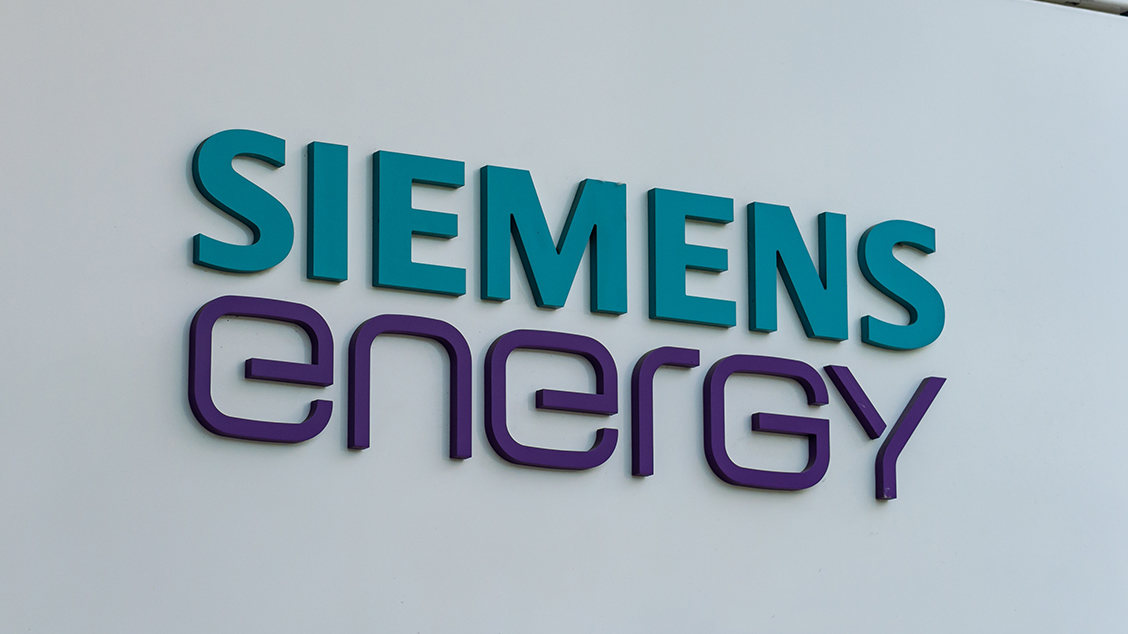After reporting a full-year loss of 4.6 billion euros (about $4.4 billion), Siemens Energy has received a €15 billion rescue package underwritten by the German government to help it overcome losses at its wind turbine arm, Siemens Gamesa.
Siemens is one of many manufacturers struggling to turn a profit. Last year, the four biggest wind turbine makers—GE Renewable Energy, Nordex, Siemens Gamesa and Vestas—which supplied about 90% of the market outside China, racked up losses of €5 billion.
Despite the importance of wind-generated power in transitioning away from fossil fuels, the wind turbine industry has faced hurdles over the past couple of years—from supply-chain disruptions and lack of raw materials and components to inflation, higher interest rates and geopolitical tensions.
The difficulties in financing multibillion-dollar wind farms are jeopardizing net zero ambitions. Danish offshore wind developer Ørsted has canceled two New Jersey offshore wind projects in the US, while BP is assessing its New York wind projects following a $540 million impairment charge. According to the US Energy Department, delays between signing purchase agreements and final approval have rendered many of the 27 planned offshore wind projects economically unfeasible owing to rising costs—seriously derailing the White House’s plans to generate 30 gigawatts of offshore wind production by 2030.
In the UK, Sweden’s Vattenfall is halting work on an offshore wind farm off the Norfolk coast. Meanwhile, the government’s failure to secure any new offshore wind farms in its latest subsidy auction resulted in a wake-up call that the subsidies were set too low to cover costs.
In April, the EU agreed to make permissions for new wind farms and related infrastructure easier to obtain. Still, permitting new wind energy projects needs to be simplified and shortened. The International Renewable Energy Agency’s World Energy Transitions Outlook warns the energy transition is dangerously off-track, requiring radical collective action to keep 1.5 °C ambitions alive. “We need concerted action to triple renewable power capacity by 2030,” says Director-general Francesco La Camera. “This includes urgently addressing deeply entrenched systemic barriers across infrastructure, policy and institutional capacities stemming from the fossil-fuel era.” —




